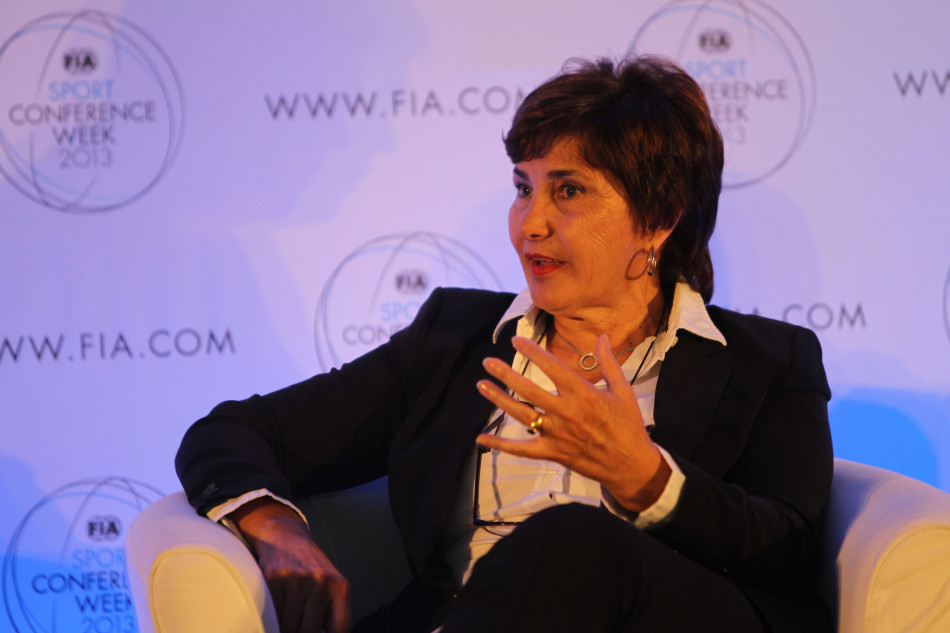On track towards safety

From taking Formula One standard safety to junior racers’ first steps in single seaters, to simple solutions to common rally safety issues, delegates yesterday heard how the FIA is spearheading the drive towards increased safety in motor sport.
Opening the session, FIA Institute President Gérard Saillant stressed that central to the FIA’s efforts is a multi-disciplinary approach involving medical staff, engineers, drivers, promoters and administrators.
“Zero risk [in motor sport] will never happen but it would be criminal not to try to reach this level and it’s our job to try to do that,” he said. “We have to try to reduce the number and severity of accidents. We have to treat the cause – the accident – and then the consequences. I’m a physician and just as in medicine, you need to have a diagnosis before you have treatment.
“To do this we pursue a multi-disciplinary approach,” he added. “We have in the group, of course physicians, but the medical aspect is not the most important one. We also have researchers, administrators, engineers, drivers – all working together to reduce risk. First in terms of the driver, then the car, the organisation of the event and lastly in terms of the regulations.”
Professor Saillant continued by saying that the FIA Institute and the FIA work across all forms of motor sport and stressed the crucial nature of ensuring safety in categories beneath the top level where vigilance is naturally at its most potent.
“It would be foolish to propose best practice or a guideline applicable for F1 or WRC but not for the small scale events, because all the risk is in the lower category events,” he said. “We have to take into account all the local specificities in racing.
“The chain is only as strong as its weakest link. If we have a chain of safety of 10 links and you focus all your energy, time and money on eight of those, the chain will be weak. I prefer to have a chain with 10 links at 30 per cent than eight at 100 per cent and two at 10 per cent.”
Professor Saillant’s remarks about ensuring safety throughout motor sport were then expanded upon by FIA Institute Research Consultant Andy Mellor, who gave a presentation on how innovation at the top level is being fed down to more accessible forms of racing and rallying.
“We’re looking to cascade all the work done in F1 down to the lower formulae, to Formula Ford and the FIA’s new F4 series. For closed cars, we’re looking to make sure that all the work we’ve done in WRC is applicable to national rally championships,” he said.
Mellor then revealed that work done on side intrusion accidents in F1 has been adapted, in an affordable way, to Formula Ford and F4.
“In Formula One we fit a Zylon panel to the side of the car, just 6mm thick, but it can resist the full load of energy of both the nose cone or the rear impact structure hitting the side of the car.
“Having established that level of safety at the top we thought about how to do that at grassroots level. We started to work on steel spaceframe chassis and developed a very low cost solution costing just £500 for a system in Formula Ford for nose cones that still has massive energy absorption capability.”
He went on to describe how nose cone heights in F1 to combat cars being launched into the air in accidents are now being written into the regulations of F4.
In rallying, he outlined how a simple foam panel inserted into cars provides a marked improvement in protecting a driver’s head and shoulders and that the research was carried out with R2 Academy cars. He also revealed how improvements in seat structure could also soon trickle down from top level rallying to national championships and beyond.
The trickle-down effect is, however, complicated by cost, as the FIA’s Peter Wright pointed out.
“There is always the issue of performance of safety features versus their adoption,” he said. “If you want to increase net safety you have to get a lot of people taking up the solution. Between performance and adoption sits cost, and that’s a complicated equation.”
Mellor pointed to an 80/20 cost balance in which the ideal is always to find solutions delivering 80 per cent of the efficiency of top level features but 20 per cent of the cost.
FIA Technical Director Bernard Niclot added that in terms of cost a distinction has to be made between professional and amateur racing.
“Professional racing is so expensive that cost is actually not an issue,” he said. “We should be much more concerned by amateur racing. Lower levels are much more exposed. When we accept an international series, from a technical point of view we look at safety and refer to Appendix J – the safety articles – and what we try to understand is how far away they are from this standard. We don’t always request complete Appendix J compliance but look to see that the basic points are featured.”
WRC Manager Michèle Mouton then spoke about some of the problems facing rallying.
“The majority of spectators don’t know about the dangers,” she said. “They place themselves in the most spectacular place without realising the potential risks. Our responsibility is to place them on high ground, to make sure they respect the go and no-go areas.
“The second challenge is on the drivers’ side,” she continued. “On stages we could work in a better way, by identifying particularly dangerous spots – a fast bend, a narrow bridge, a steep drop – you can identify these and protect drivers.
“For me, it’s common sense to send out a local, experienced driver who can tell you where you will lose control of the car. It makes sense just for them to go through stages and identify potential trouble spots.”

 Facebook
Facebook Twitter
Twitter






